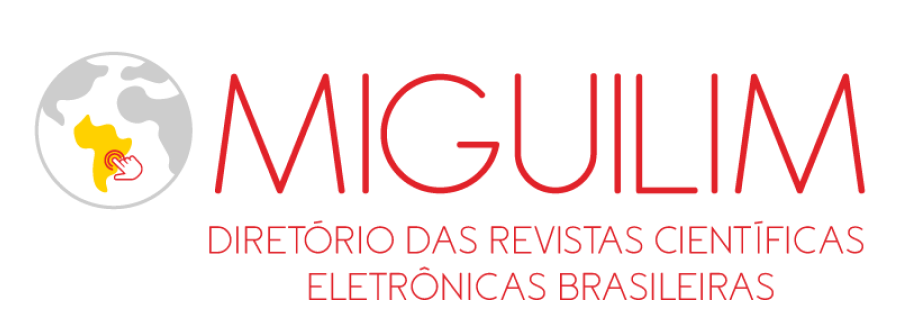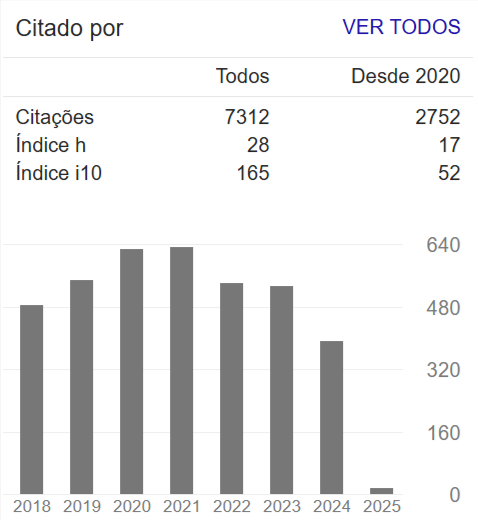EXPERIMENTAL AND NUMERICAL INVESTIGATIONS OF MATRIX DIFFUSION IN A FRACTURED SANDSTONE BLOC
Resumo
Exploited coal seams are used to deposit residues from thermal energy and
waste incineration plants at North Rhine Westphalia, Germany. Such an underground
repository requires the proof that dissolved contaminants may not reach the biosphere.
Numerical models may be used as tool to predict the local and temporal migration of
pollutants. In order to investigate the migration of heavy metals in a porous sandstone bloc
containing a single fracture two tracer experiments were performed under precisely
defined hydraulic flow conditions. The tracer experiments were performed applying
pyranine, cadmium and lead as solutes and the hydrochemical conditions correspond to a
depth of 1000 m below ground surface. For the numerical model the fracture was
considered as a two-dimensional parallel plate conduit and the rock matrix was treated as
a three-dimensional porous medium. Together with rock properties determined in
laboratory the model yielded a good agreement between measured and simulated
breakthrough curves by calibrating the fracture aperture and longitudinal dispersion.

















